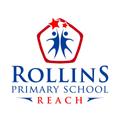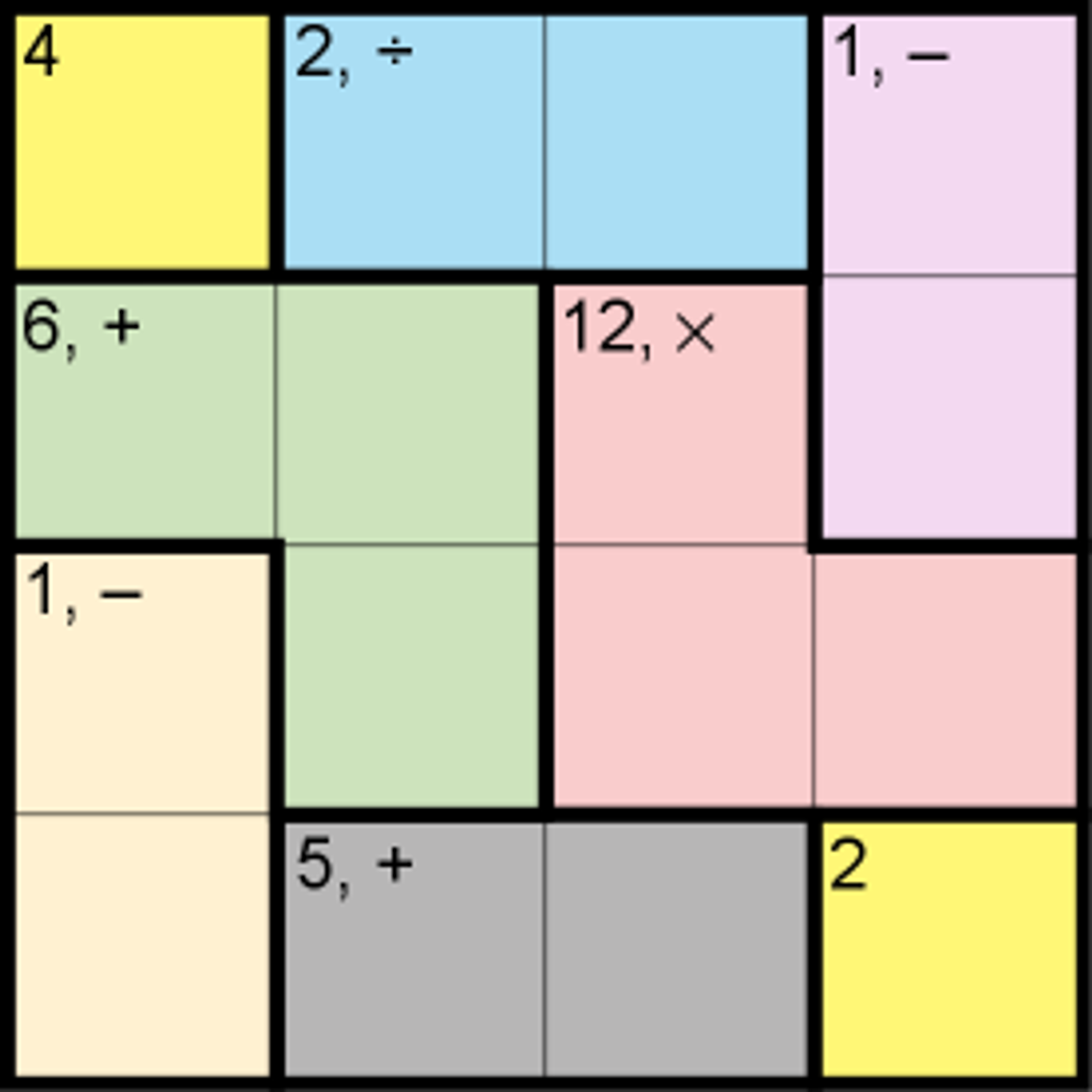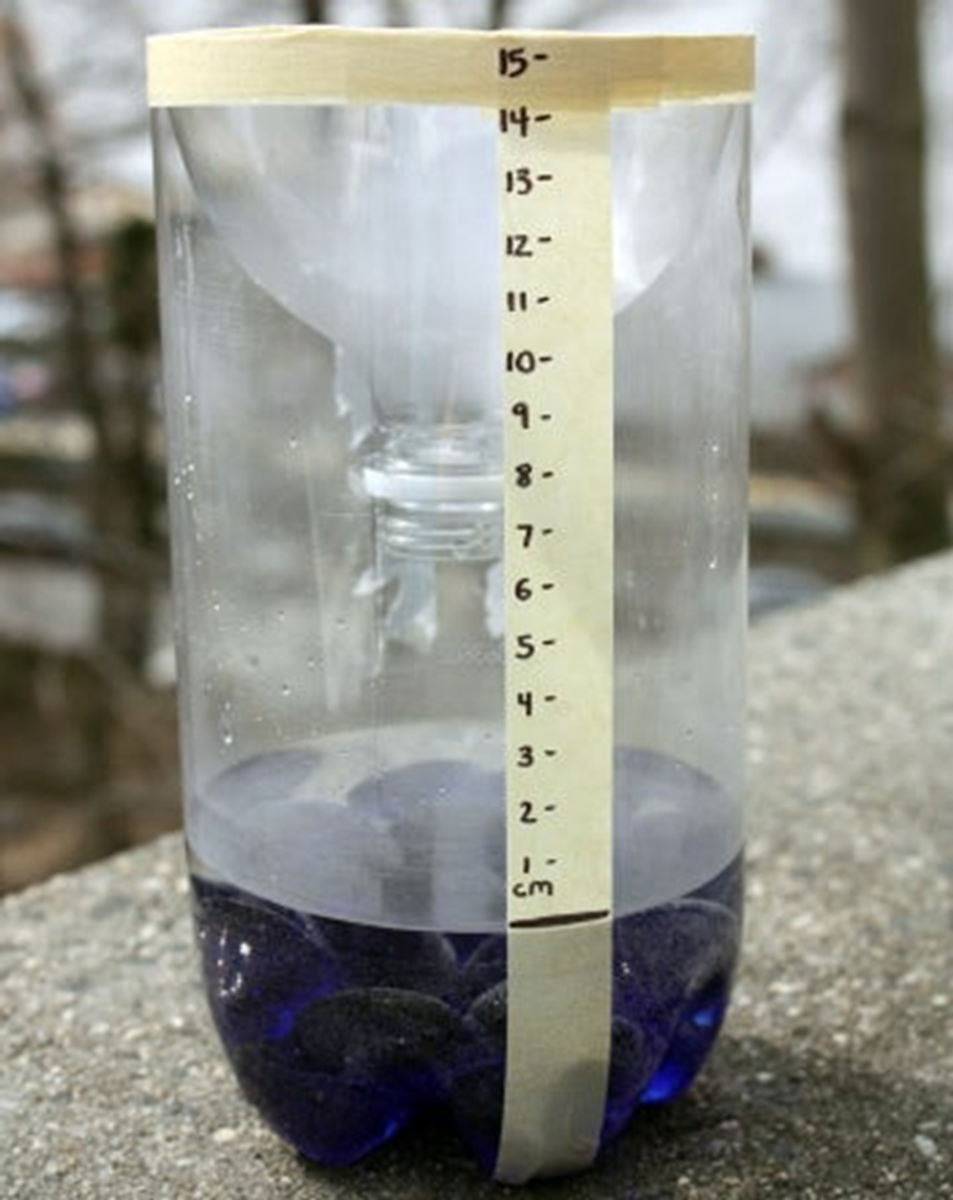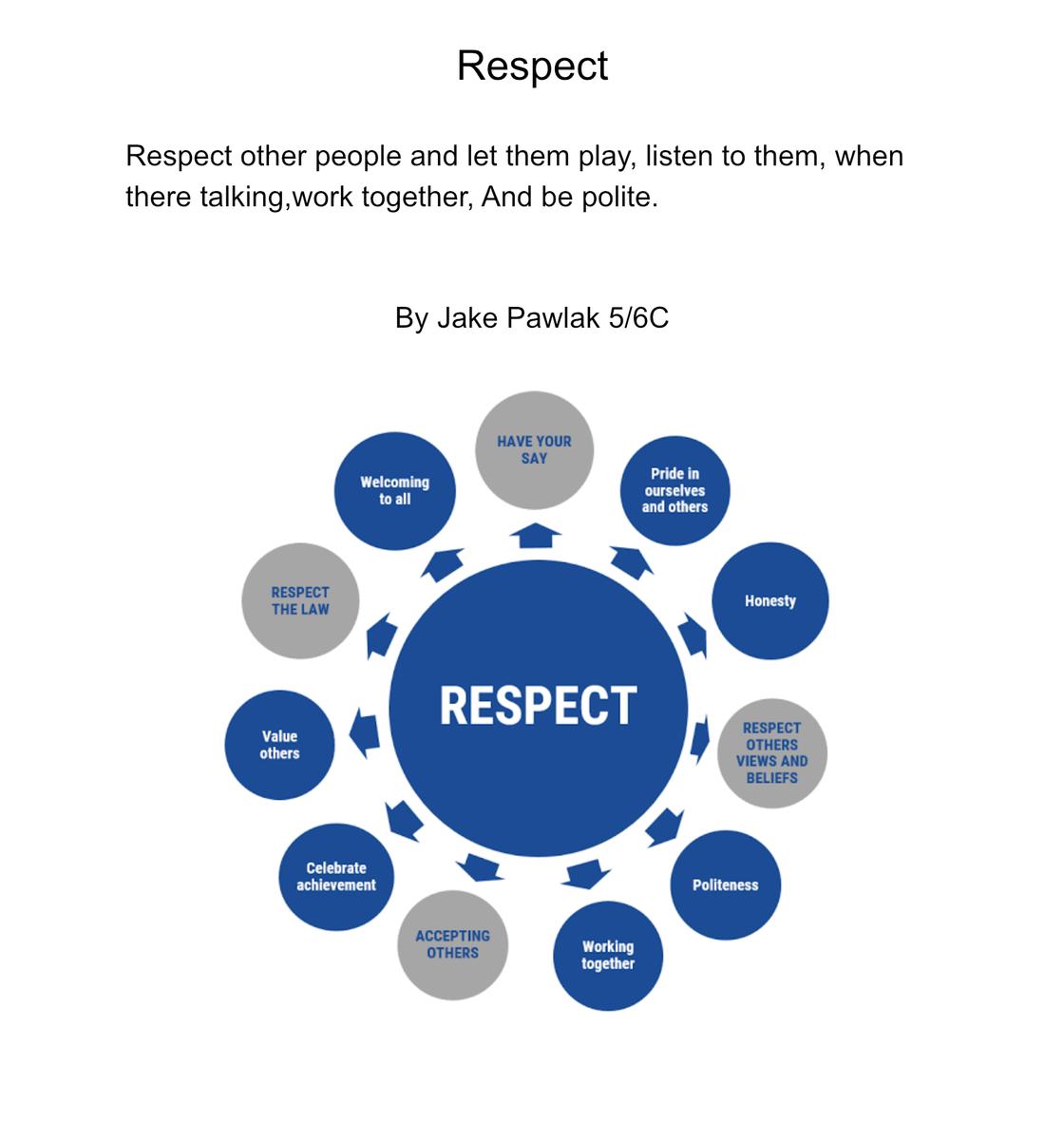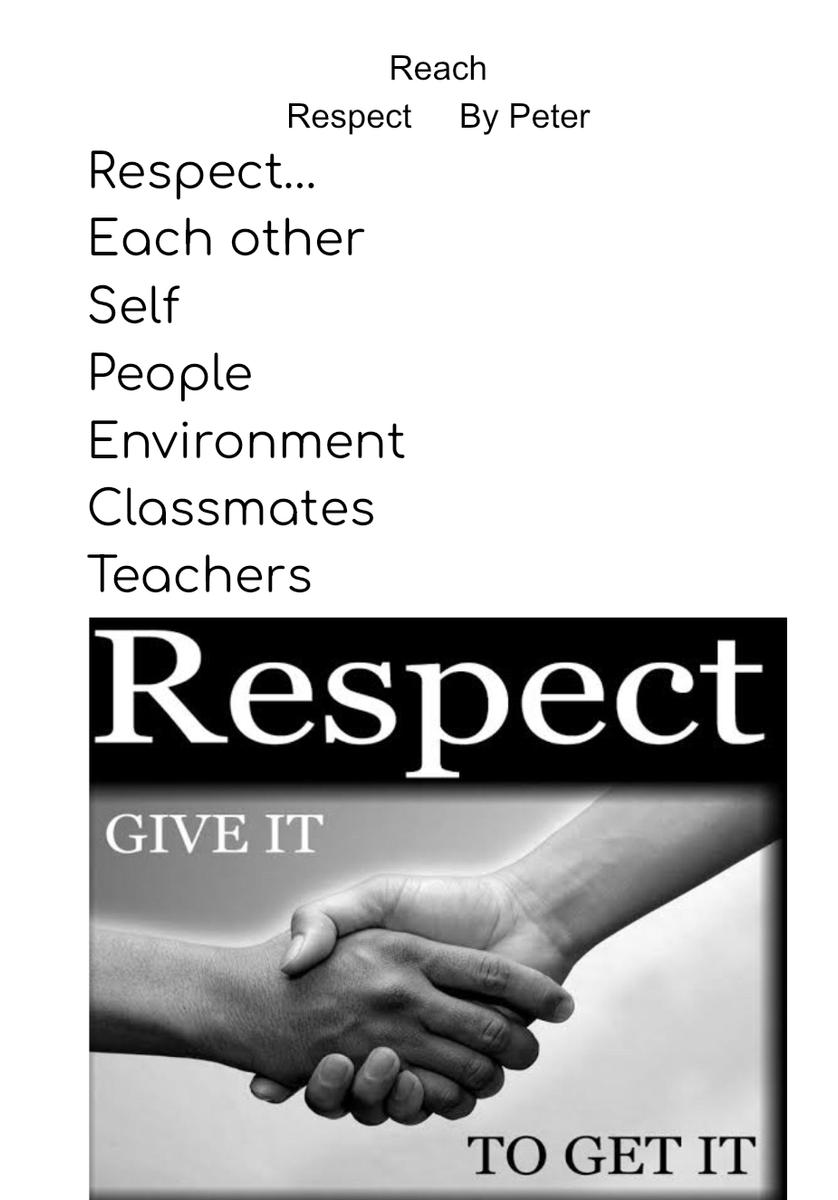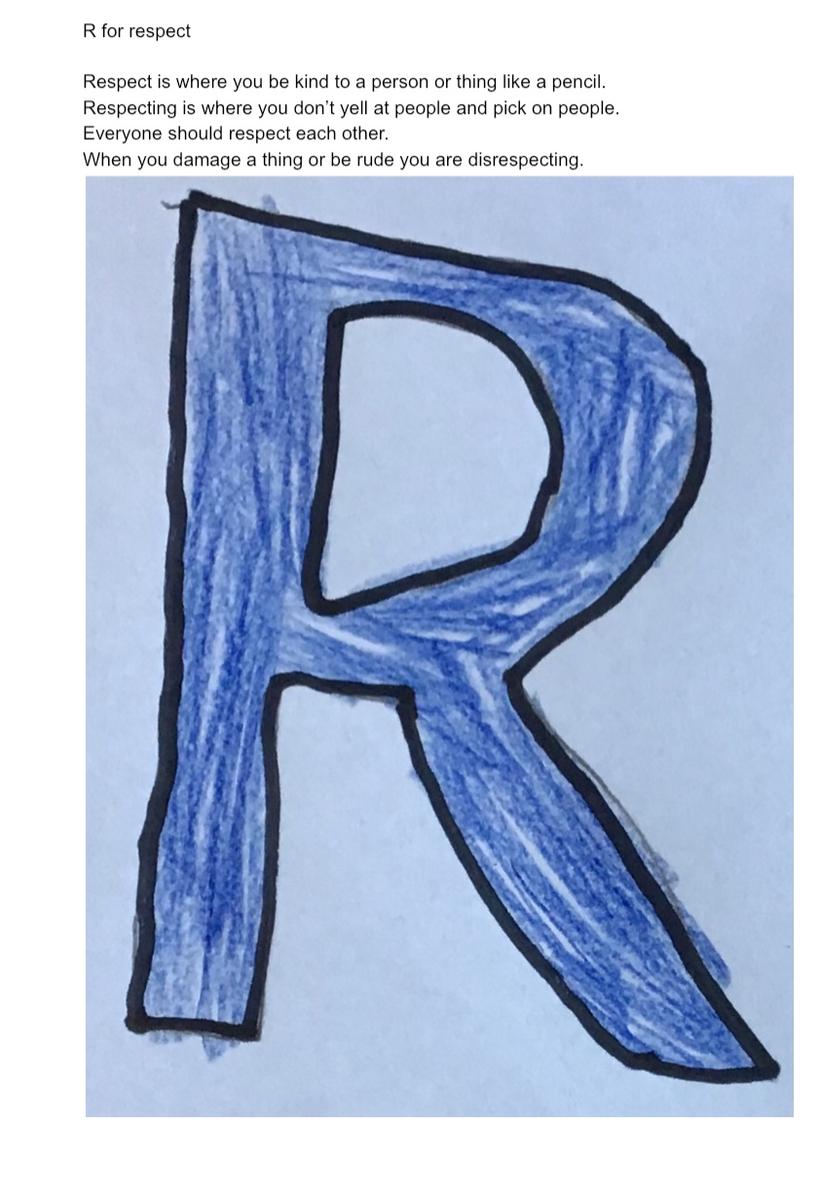Learning At Home
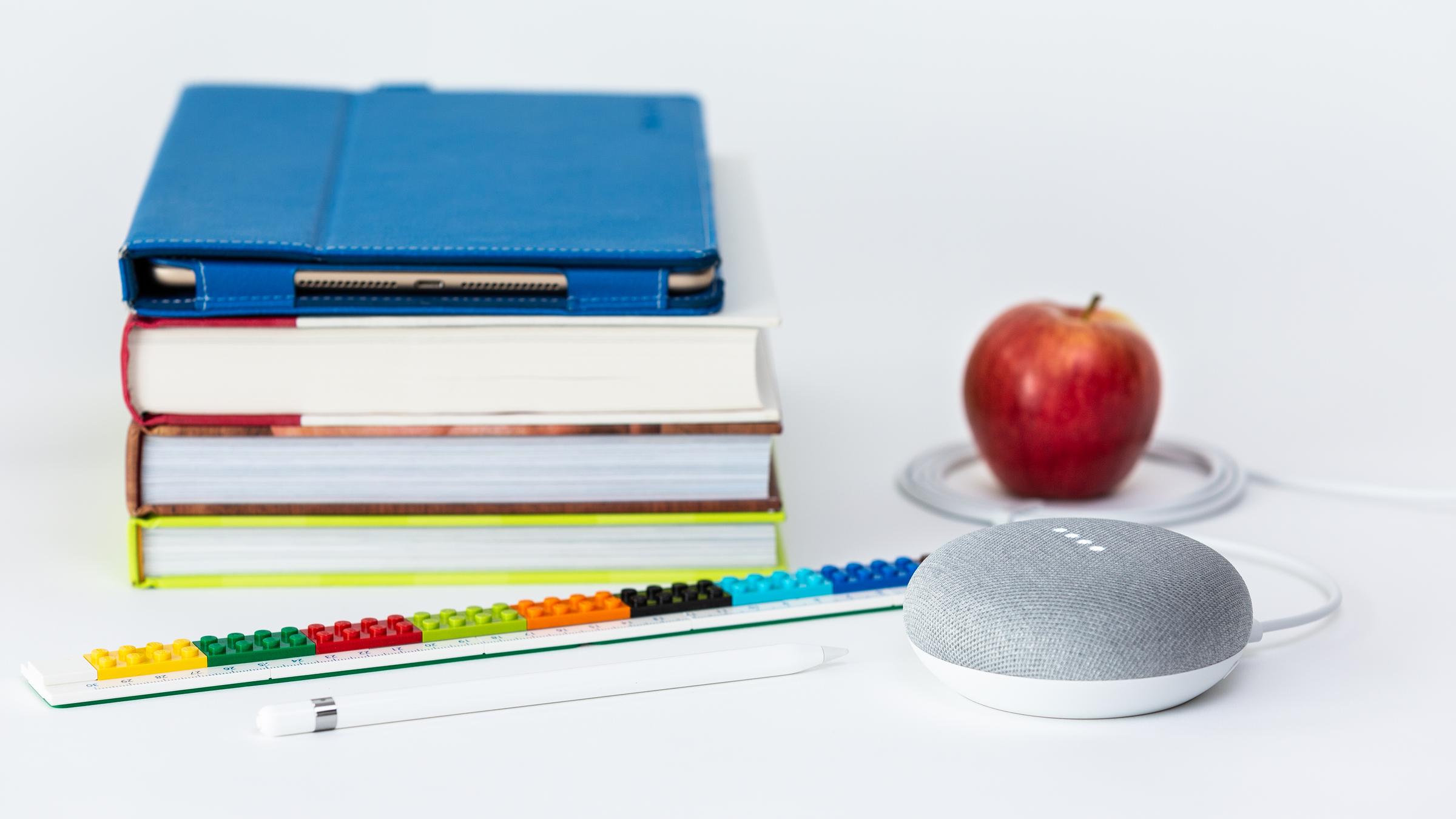
English
Best ways to support writing at home
How you can help at home: Support your child with these writing strategies.
by: GreatSchools Staff | March 18, 2016
Print article
Follow these tips to support your child’s writing at home.
Provide a place for your child to write.
The area should be an area that is quiet and well lit. Stock the “writing center” with supplies such as paper, pencils and crayons. You can also gather family photos and magazines in the center that can be used as story starters.
Read, read, read!
The best activity to improve writing is reading. If your child reads good books, he will be a better writer. Reading exposes students to general vocabulary, word study and content-specific vocabulary. Through reading, students see a variety of authors’ techniques that they can use in their own writing.
Encourage your child to keep a reflective journal.
This is excellent writing practice, as well as a good outlet for venting feelings. Encourage your child to write about things that happen at home and school. This reflective journal can be used to develop the “senses” of writing. Have your child write about what he saw, heard or felt on a trip or adventure. Provide experiences in your community that will interest your child and spark her writing. Especially encourage your child to write about personal feelings — pleasures as well as disappointments. When reading your child’s journal (only if your child invites you to, of course), share your own feelings and ideas paired with positive feedback about your child’s writing.
Provide authentic writing opportunities for your child.
Have your child write his own thank-you notes, party invitations and letters to family. Let your child make the grocery list. Finding a pen pal for your child would make writing “real.” Helping children make the connection between writing and the “real” world will increase an interest in writing.
ADVERTISEMENT
Be a writing role model.
Make sure your child sees you as a writer. Point out times that you use writing to communicate with others. Discuss authentic writing in the community such as articles and letters in the newspaper, on billboards or in written advertisements. Discuss the purpose of the writing and the target audience. When your child writes, you should write. You can schedule a day of the week that you will turn off the television and share your writing.
Start a vocabulary notebook.
Teach your child new words each week and encourage her to use them. Make it into a game and give points for using the new words. Your child can keep a vocabulary notebook and get rewarded for the number of new words learned. The words will begin to appear like magic in her oral language and writing.
Ask questions.
Always ask your child questions when he writes. Ask specific questions about your child’s writing such as: “How did that happen?” “How did that make you feel?” “Can you tell me more about that…?” “What are some other words you could use to describe…?”
Help your child publish her writing.
Share her writing with others, place it on the refrigerator or encourage her to write for kids’ magazines. When your child’s writing is published in a children’s book, she will be on her way to becoming a lifelong writer and author. Check out these options for publishing children’s work:
Maths
Ken Ken Puzzles
KenKen and KenDoku are trademarked names for a style of arithmetic and logic puzzle invented in 2004 by Japanese math teacher Tetsuya Miyamoto, who intended the puzzles to be an instruction-free method of training the brain. The name derives from the Japanese word for cleverness (賢 ken, kashiko(i)).
Video: How to solve Ken Ken Puzzles - https://www.youtube.com/watch?v=IWC2_1FaryU
Attached is a link to access unlimited Ken Ken Puzzles for your family to attempt. Some are more challenging than others or click on the pdf versions below to print at home.
S.T.E.A.M. (Science, Technology, Engineering, Art, Maths)
STEAM is an ‘approach to learning’, not a subject in isolation.
In STEAM this term, grades Prep-2 are focussing on expressing themselves in relation to mindfulness and wellbeing. We have shared aspects of our different emotions and discovered that we need a healthy balance of emotions in our drive to being content. We are currently designing and creating mood cups for the classroom to help ‘express ourselves’ to our teachers and friends how we are feeling at different moments during the day.
Grades 3-6 have been discovering the ‘job of the clouds’ in Google classroom. This forum encourages students and their families to share the learning experience prior to coming to class. Students are discovering the water cycle with reference to plants and states of matter, as well as the different types of cloud formations. We are also comparing the rainfall data of Geelong to that of a place that is significant to our family’s heritage.
Activity: How is rainfall measured?
Please click on the PDF for materials required and the experimental procedure
R.E.A.C.H. (Respect, Encouragement, Ambition, Consideration and Honesty)
The school motto “REACH” demonstrates the values that form the basis of our actions throughout our entire community.
This edition of our newsletter is focusing on Respect. The images below remind us of what respect is and what it may look like.
